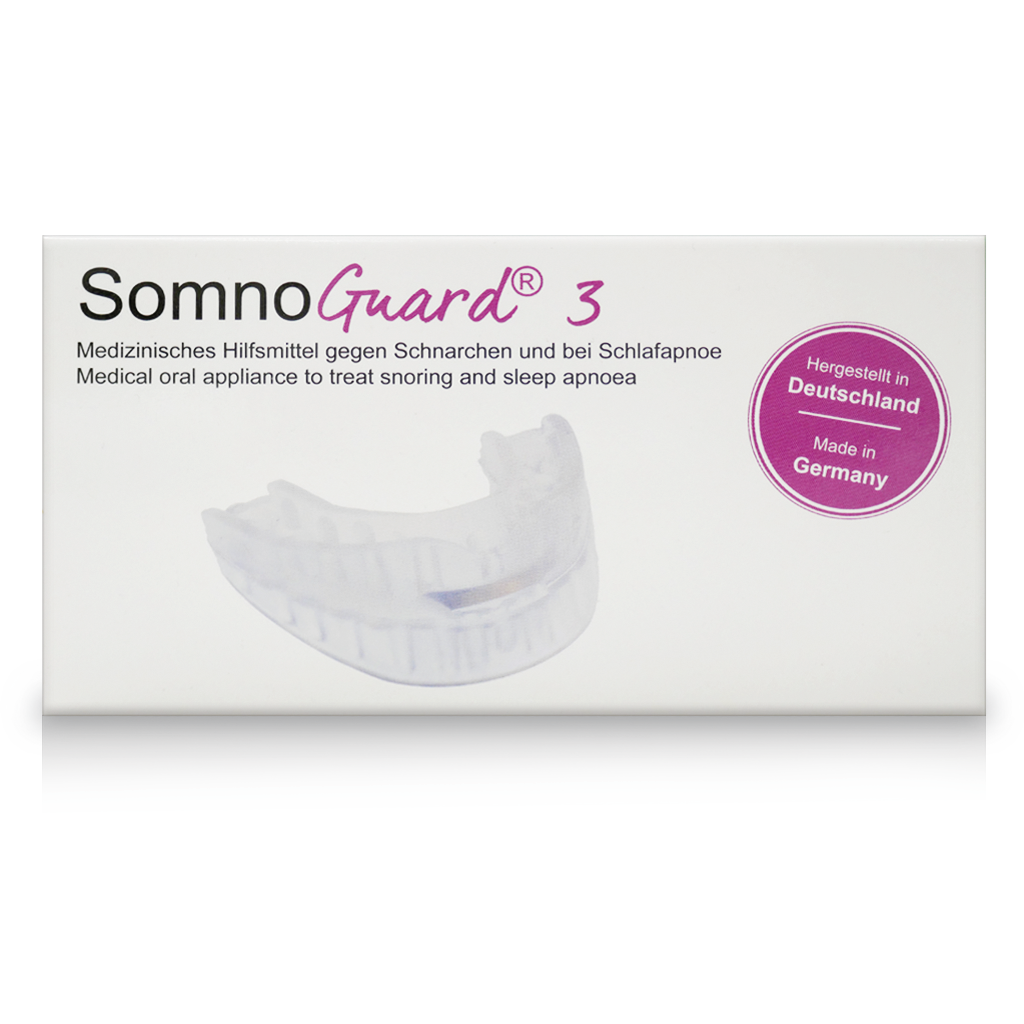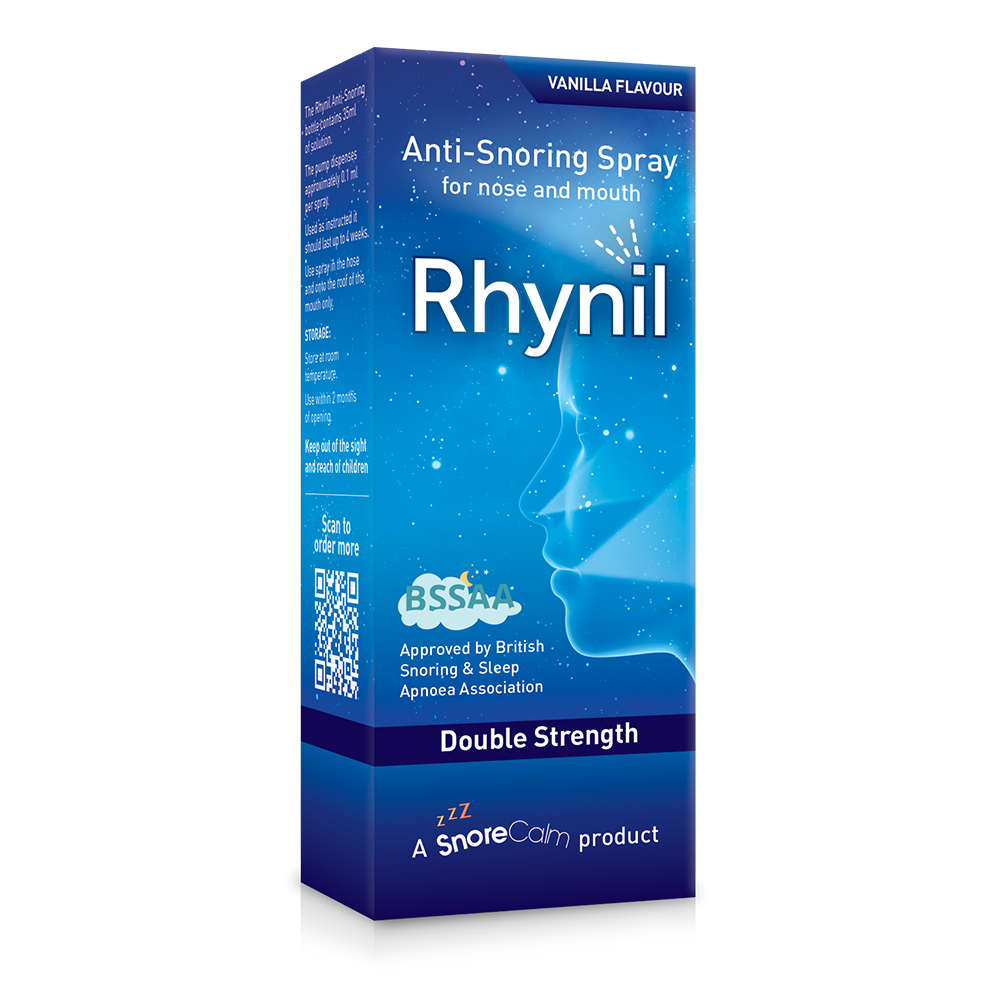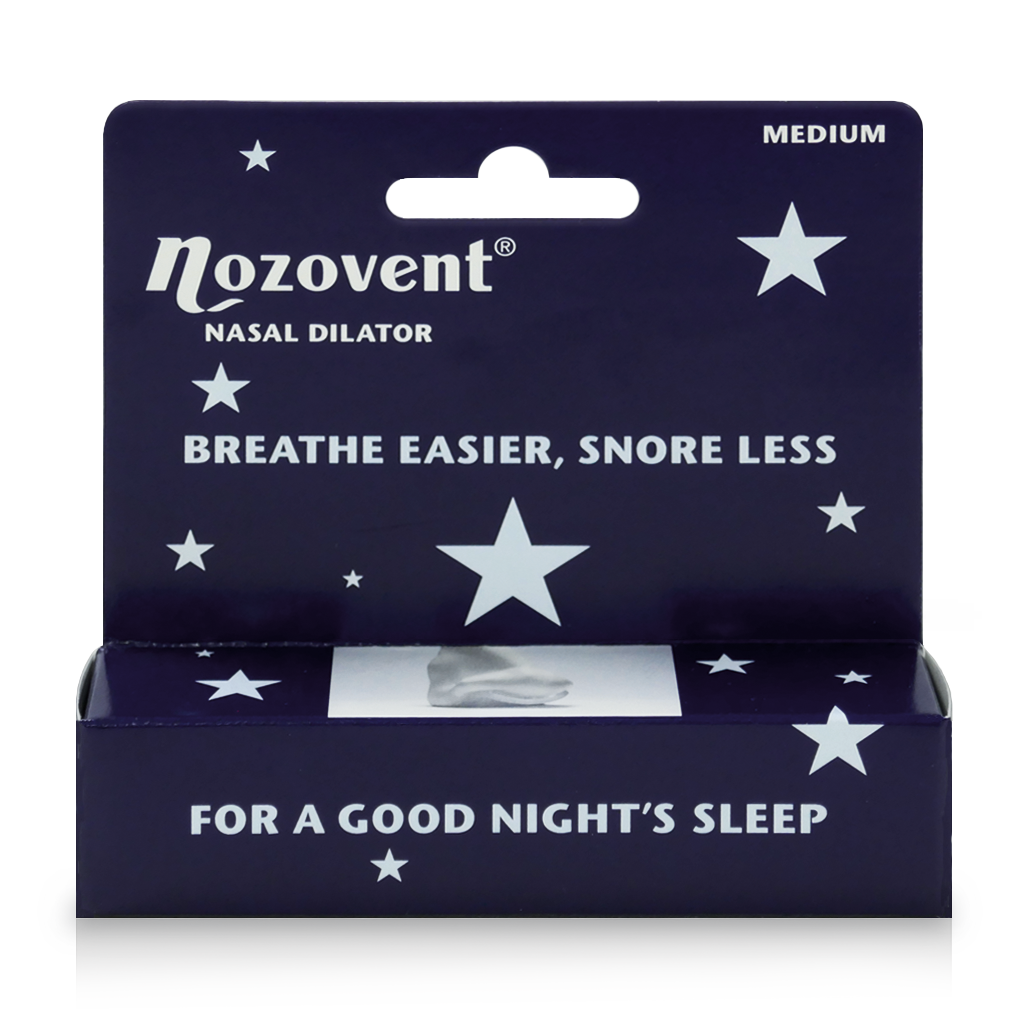I attended a course entitled ‘Snoring, apnoea and the Dentist’ in March as a representative of the British Snoring and Sleep Apnoea Association.
The course was run by Dr W Keith Thornton who is a dentist in private practice in Dallas, Texas. He is also Visiting Faculty, Department of Oral and Maxillofacial Surgery, Bylor College of Dentistry and Director or Oral Appliance Therapy at Sleep Medicine Associates of Texas.
He has developed his own oral appliance, known as the Thornton Adjustable Positioner (TAP), and has now treated over 300 patients during the last three years. His interest is in snoring and Obstructive Sleep Apnoea (OSA). I learnt some interesting facts from a man who has a great deal of experience in this field.
Dr Thornton began by discussing the various sleep states and went on to discuss a condition half way between snoring and sleep apnoea called Upper Airway Resistance Syndrome (UARS) which manifests in excessive daytime sleepiness. UARS is caused by a partial obstruction of the airway. Here there is night-time arousal due to increased respiratory effort. There is no oxygen desaturation which is an important diagnostic factor distinguishing UARS from OSA.
Then he spoke about Obstructive Sleep Apnoea which is concerned with the periodic collapse of the pharyngeal airway whilst sleeping. This causes progressive asphyxia which increasingly stimulates breathing efforts against the collapsed airway, typically until the person is awakened. This leads to excessive daytime sleepiness (often a contributory factor in road traffic accidents), inability to concentrate, memory and judgement impairment (again, often a contributory factor in accidents in the workplace), irritability and depression.
The medical effects of OSA include a strain on the cardiovascular system leading to arrhythmia (irregular heart beat), hypertension (increased blood pressure), stroke and sudden death. According to one study 45% of patients with stable treated congestive heart failure have sleep apnoea.








